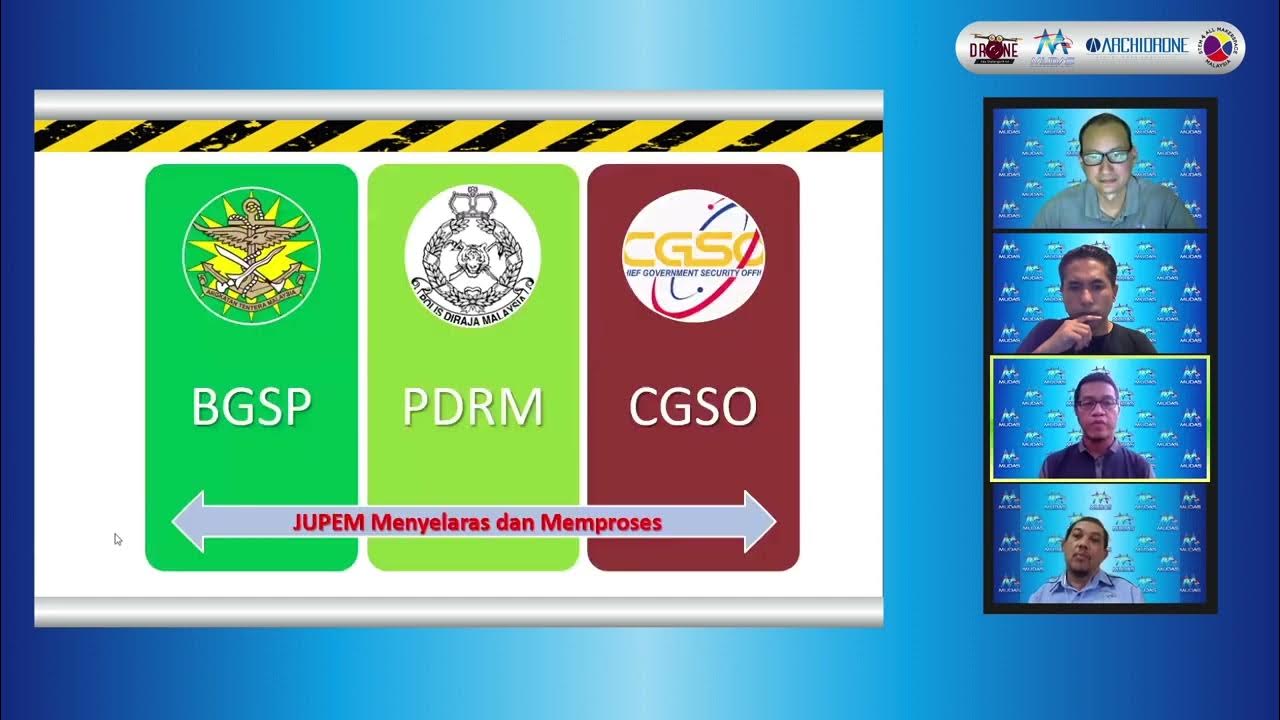CompTIA Security+ SY0-701 Course - 5.4 Summarize Elements of Effective Security Compliance.
Summary
TLDRThis lesson delves into the essentials of compliance reporting, emphasizing its role in documenting an organization's adherence to regulatory and legal standards. It distinguishes between internal and external reporting, highlighting the importance of audits and reviews for internal checks and the mandatory nature of external submissions to regulatory bodies. The script warns of severe consequences of non-compliance, such as hefty fines and reputational damage, particularly citing GDPR penalties. It advocates for effective compliance monitoring through continuous oversight, employee attestation, and the utilization of automation to enhance efficiency and accuracy in maintaining security integrity.
Takeaways
- 📝 Compliance reporting is essential for documenting an organization's adherence to regulatory and legal standards.
- 🔍 It is divided into internal reporting for internal checks and balances, and external reporting for regulatory bodies and stakeholders.
- 👥 Internal compliance reporting involves routine audits, reviews, and cross-departmental collaboration to ensure adherence to standards.
- 📋 External compliance reporting is mandatory for industry regulations and laws, including government and industry regulator submissions.
- 💰 Non-compliance can lead to hefty fines, sanctions, reputational damage, loss of licenses, and contractual impacts.
- 🚫 For example, GDPR non-compliance can result in fines up to 4% of annual global turnover or 20 million EUR, whichever is higher.
- 🤔 Non-compliance can erode customer trust and lead to legal disputes and loss of business partnerships due to data breaches.
- 🔎 Effective compliance monitoring requires continuous oversight, due diligence, and care to ensure ongoing adherence to standards.
- 👨🏫 This includes educating employees, reviewing policies, and maintaining documentation to ensure compliance with laws and regulations.
- 📊 Attestation involves employees acknowledging their understanding and commitment to compliance policies.
- 🤖 Automation of compliance monitoring can enhance efficiency and accuracy through the use of software tools for tracking and reporting.
- 🛡️ In conclusion, maintaining compliance is critical for security program management, requiring thorough reporting, vigilant monitoring, and understanding the consequences of non-compliance.
Q & A
What is compliance reporting and why is it important for an organization?
-Compliance reporting is the process of documenting and conveying an organization's adherence to regulatory and legal standards. It is important because it ensures internal checks and balances and is mandatory for adhering to industry regulations and laws, thus maintaining the security and integrity of the organization.
What are the two types of compliance reporting mentioned in the script?
-The two types of compliance reporting are internal reporting, which is used by the organization for internal checks and balances, and external reporting, which is submitted to external regulatory bodies or stakeholders.
How does internal compliance reporting help an organization?
-Internal compliance reporting includes routine audits and reviews to ensure that internal policies and procedures meet required standards. It often involves cross-departmental collaboration and can help identify and rectify compliance gaps before they become major issues.
What are the consequences of non-compliance with external regulatory requirements?
-Non-compliance can lead to serious consequences such as hefty fines, sanctions, reputational damage, loss of licenses, and significant contractual impacts.
Can you provide an example of the penalties for non-compliance with GDPR?
-Failure to comply with GDPR can result in fines of up to 4% of annual global turnover or 20 million EUR, whichever is higher.
What is the impact of non-compliance on customer trust and business relationships?
-Non-compliance can lead to reputational damage, affecting customer trust and business relationships. It may also result in breaches of contract, leading to legal disputes and loss of business partnerships.
What does effective compliance monitoring involve?
-Effective compliance monitoring involves continuous oversight of compliance-related activities, including due diligence, care to ensure ongoing adherence to standards, regular attestation and acknowledgement of compliance responsibilities by employees, and the use of both internal and external audits.
How can automation enhance compliance monitoring?
-Automation of compliance monitoring can significantly enhance efficiency and accuracy by using software tools to track compliance metrics and generate reports.
What does due diligence in compliance monitoring entail?
-Due diligence in compliance monitoring involves taking proactive steps to ensure compliance with applicable laws, regulations, and standards, which includes educating employees regularly, reviewing and updating policies, and maintaining adequate documentation.
What is the role of attestation in compliance monitoring?
-Attestation in compliance monitoring involves having employees acknowledge their understanding and commitment to compliance policies, ensuring that they are aware of and adhere to the organization's compliance requirements.
Why is maintaining compliance critical for a security program management?
-Maintaining compliance is critical for security program management because it requires a comprehensive approach that encompasses thorough reporting, vigilant monitoring, and a clear understanding of the consequences of non-compliance, which are vital for the security and integrity of the organization.
Outlines

Cette section est réservée aux utilisateurs payants. Améliorez votre compte pour accéder à cette section.
Améliorer maintenantMindmap

Cette section est réservée aux utilisateurs payants. Améliorez votre compte pour accéder à cette section.
Améliorer maintenantKeywords

Cette section est réservée aux utilisateurs payants. Améliorez votre compte pour accéder à cette section.
Améliorer maintenantHighlights

Cette section est réservée aux utilisateurs payants. Améliorez votre compte pour accéder à cette section.
Améliorer maintenantTranscripts

Cette section est réservée aux utilisateurs payants. Améliorez votre compte pour accéder à cette section.
Améliorer maintenantVoir Plus de Vidéos Connexes

Week 2-Lecture 14 : Sustainability Reporting

How to create a ROPA (Record of processing activity), GDPR Article 30

GAAP Accounting Principles: What do they mean?

FORUM PERBINCANGAN "KESELAMATAN PENGENDALIAN DRON"

CompTIA Security+ SY0-701 Course - 5.5 Explain Types and Purposes of Audits and Assessments.

What is Human Resource Management? | From A Business Professor
5.0 / 5 (0 votes)
